There’s a more or less common adage among gamedev circles that development usually takes about three times longer than predicted. So why do gamedevs, myself included, always set such wildly optimistic schedules? I think there’s a number of factors for this, but I know personally it’s because I overestimate the sustainability of my drive for a project. At some point, and it will always happen, my passion for a project cools and it becomes routine, by-the-numbers work. That’s not to say I lose all passion for a project – I wouldn’t work on something I don’t feel great about – but it does get to the point where a certain nagging part of my brain starts whispering, “Don’t you want to do something else instead?”
And that’s dangerous. Especially for hobbyist solodevs, whose projects are sustained entirely by the drive of the dev. So I believe that one big reason why many devs underestimate the amount of time needed to create a game is because if they don’t finish it quickly… they might never finish it at all. Or take five years like I did.
But this post isn’t about my troubled five-year development of A Memory of Eternity. This is about the six months I set aside to develop a short RPG (Singularity: Tactics Arena) with a lot of systems built from scratch. Hopefully my experience will give other developers something to learn from, especially if they are working in the same field.
Reinventing the wheel: What was made from scratch?
A complex RPG system created specifically for this game (and future games)
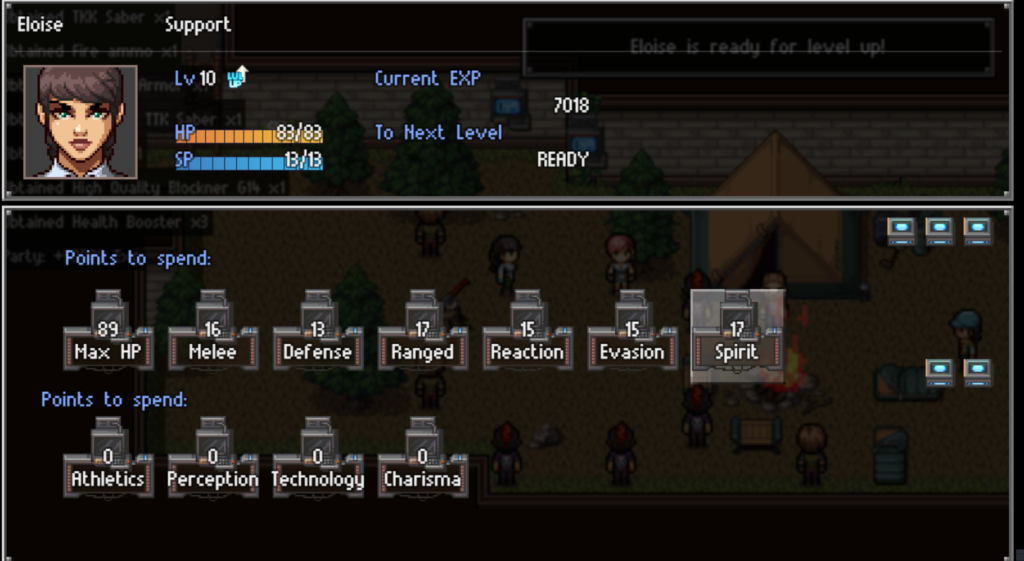
Details can be found here, but I took heavy inspirations from Final Fantasy Tactics and D&D 5e and attempted to meld them together. The RPG system included progression mechanics (leveling, skills, features/perks, etc) which are… very difficult to balance from scratch. In the end, instead of approaching the problem in a mathematical way, I decided to take the effort-heavy approach: playing through hundreds of battles with different loadouts, skills, levels, enemies, etc and balancing them due to personal gameplay experiences.
This, I’m assuming, is not a best practice and is something I could have handled better. Balancing was, and still is, an enormous challenge to me. What makes grinding for experience fun? How do I keep one class from overshadowing the others? Is this mechanic viable/makes sense in the world of the setting? There are so many questions that come to making a game like this.
Lesson learned: Don’t dive in without doing some research first. I could have saved myself a lot of trouble by learning how other devs build complicated RPG systems, instead of throwing numbers at things and seeing what sticks.
An original story
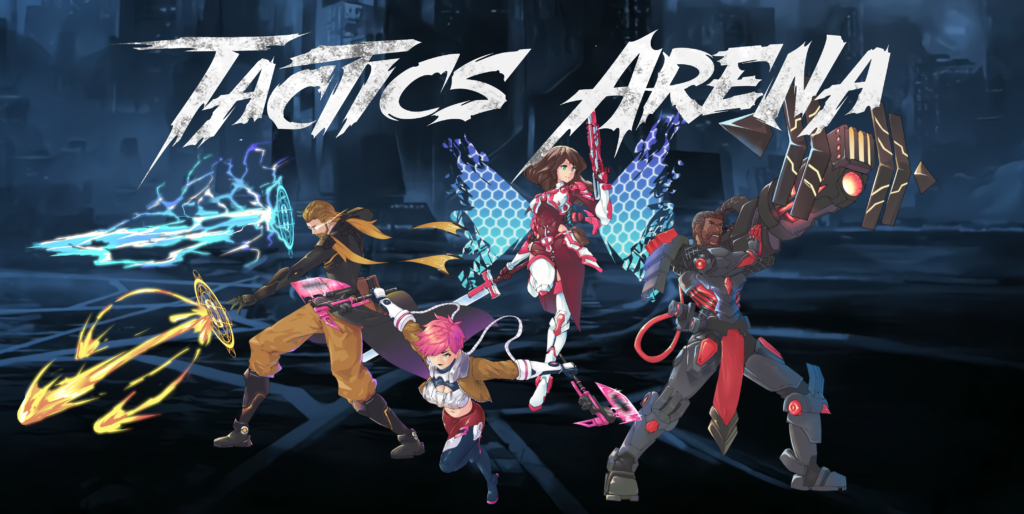
Whoo boy. I’m currently staring at a 146-page story document that I’ve built over the last few months specifically for this game. This is not some 400-hour+ open-world RPG. This is meant to be a short (<10 hours) RPG that tells a relatively simple story. However, I think one very important piece of advice in gamedev is to stick to your strengths. There are plenty of people who can create more engaging gameplay experiences than me, plenty of better artists, plenty of designers who can build better levels, puzzles, whatever else is needed.
And there are plenty of writers better at crafting a story – but at least on this point I can put up some competition.
I’ve spent five years in the world of A Memory of Eternity. Actually significantly longer than that, if you count various the notes and ideas I’ve had for the setting. It’s becoming something of my Dark Tower. For Stephen King, the Dark Tower series is at the nexus of his work, and I believe it is the same for me as well.
I have all the lore I need. The world is complete, rich, and believable. But lore doesn’t make a story, and creating a story is difficult work. Lots of gamdevs ask themselves what kind of storytelling their game should have, but the first question is definitely whether your game needs a narrative at all. It’s perfectly alright for some games to not have a story element – not every game needs it, despite prevailing trends in AAA development. If you’re going to include a story, maybe even make narrative your main feature, then you’ve got to do it right.
Don’t expect it to be easy. Story-heavy games are essentially two things: you’re writing a novella and creating interactive software at the same time. It’s essentially double the work, and solodevs only have so much time to go around. Moreover, devs should ask themselves how their stories are crafted to play to the game’s strengths, rather than just being a series of cutscenes. That’s the takeaway I had from my first game, The Singularity Wish, in that the story was not exactly custom made to cater to the game. Figuring out how to do that, along with creating an engaging narrative, is a tremendous challenge.
Lesson learned: Stories written for games are different than stories written for books or movies. Knowing the difference will enhance your game.
Coding
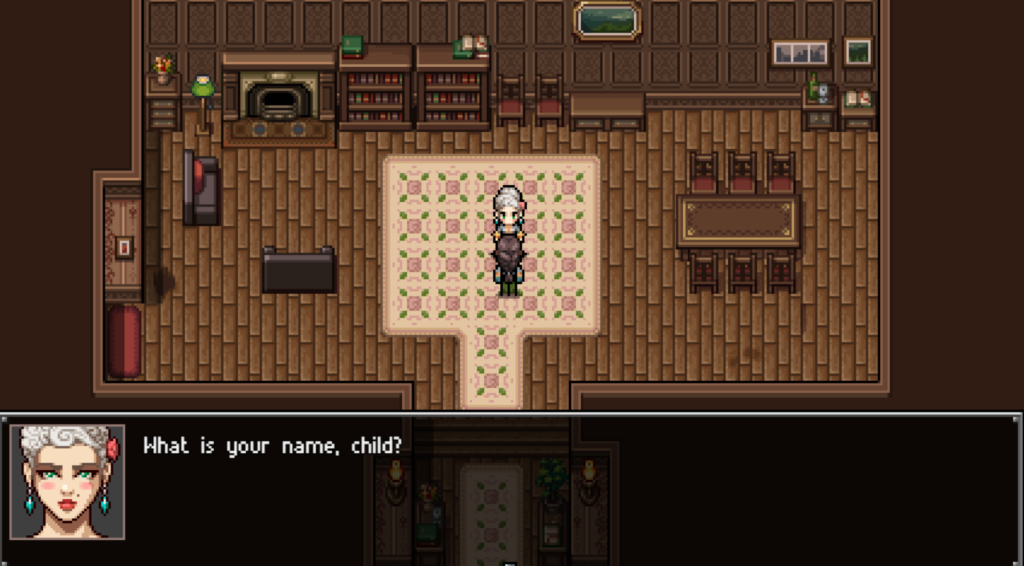
I am a horrible coder with a programming skill and knowledge that is barely beyond rudimentary. I still struggle frequently with relatively simple things such as setting the scope for attacks, eventing and menus. Problems that are easy for other devs seem like insurmountable tasks for me. I am reminded of one particularly frustrating issue that had me staring at javascript editor for about 8 hours across three days, and it was a minor, probably insignificant problem. And I still couldn’t figure it out.
I’m sure that all programmers, regardless of skill or experience, still run into the same thing. Finally, I looked around and got the help of some programmers who helped me with my code. In particular, I’m working with a few contractors on various parts of the game, especially areas where I’m weak at.
Lesson learned: It’s not shameful for solodevs to get help. Hiring a contractor may not be in the budget for many solo projects, but there are plenty of ways for programmers to reach out to the community, especially if they’re working with Unity, Gamemaker, etc. There are knowledgeable and helpful people out there. Say hi.
Design
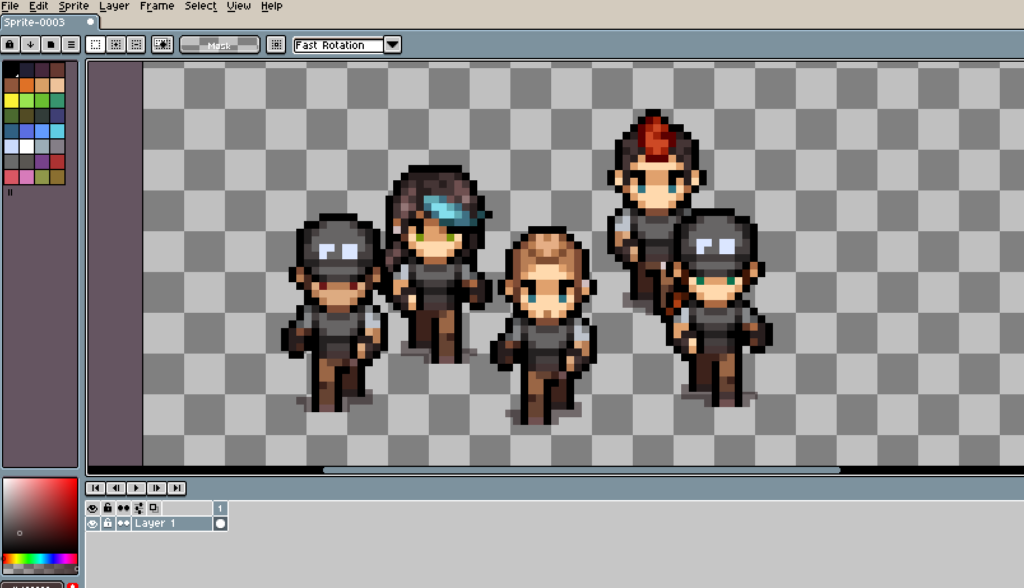
Yes, I had a lot of premade assets on hand, but I still found that many of them needed to be customized. New animations made or altered, new sprites, new tiles, etc. So I got Aseperite, watched a few YouTube videos on pixel art, and spent a few dozen hours being absolutely dumbfounded. How could something so simple looking be so hard?
I have an immense amount of respect for solodevs that create their own music and artwork. I also know by now that I’m not as talented and I will never be able to pull off the massive amount of work that these devs do. That being said, it’s also not beyond the field of possibility for me to help where needed. Stock graphics are great and all, but at the end of the day, there’s something to be said for self-reliance. So I created a few animations, altered some sprites, did some backgrounds. My level design skills were also lacking, but I tried to keep layouts realistic and intuitive (even if they are somewhat more rectangular than most games). I learned how to edit sounds, create looping tracks, and tie them in with animations.
Lesson learned: You can’t stop learning. It’s a continuous process and all gamedevs can benefit from learning a bit of everything, if only so we can put ourselves in the shoes of artists, writers, programmers, level designers, etc.
Major advantages: What I started out with
Using RPGMaker MV
A lot of readers may at this point be groaning to themselves. I think RPGMaker gets a bad rep because of how accessible it is, leading to the creation of cookie-cutter type JRPGS. However, that accessibility is one of the main selling points of RPGMaker, and it comes with a robust system that checks a lot of the boxes I need to build my game. For the boxes it doesn’t check… well I’m custom coding a lot and taking advantage of plugins. Seeing how I’m more or less breaking RPGMaker by introducing a grid-based combat system, I had a lot of work set out for me.
Premade Assets
I purchased a lot of assets and I can’t even imagine the amount of time and money I saved over getting custom assets created. There’s little doubt that bespoke assets can greatly increase the quality of a game, but this is my second game project – ever. It is a proof of concept, and for that I don’t necessarily need the prettiest things.
A wonderful community
The RPGMaker community is one of most helpful and genuinely passionate communities out there. Without a doubt I would not have been able to build this game without countless hours on the forums.
Where I’m at now:
So I started development around October and I have March set as my launch for testers (I should probably change the Steam page to make it clear that it’s not a commercial launch). Where am I at now?
Well, I’m probably roughly 40% of the way towards a complete (if not necessarily polished) game. So it’s unlikely that I’ll be able to meet the lofty goal of building a complete RPG in just six months, but that’s something I can live with.
- Story – Outline completed, majority of dialogue completed, 50% of scripted events completed.
- Gameplay – System completed, skills/items completed, needs more balancing and some work on AI.
- Design – Majority of assets completed. Need to look into new UI options.
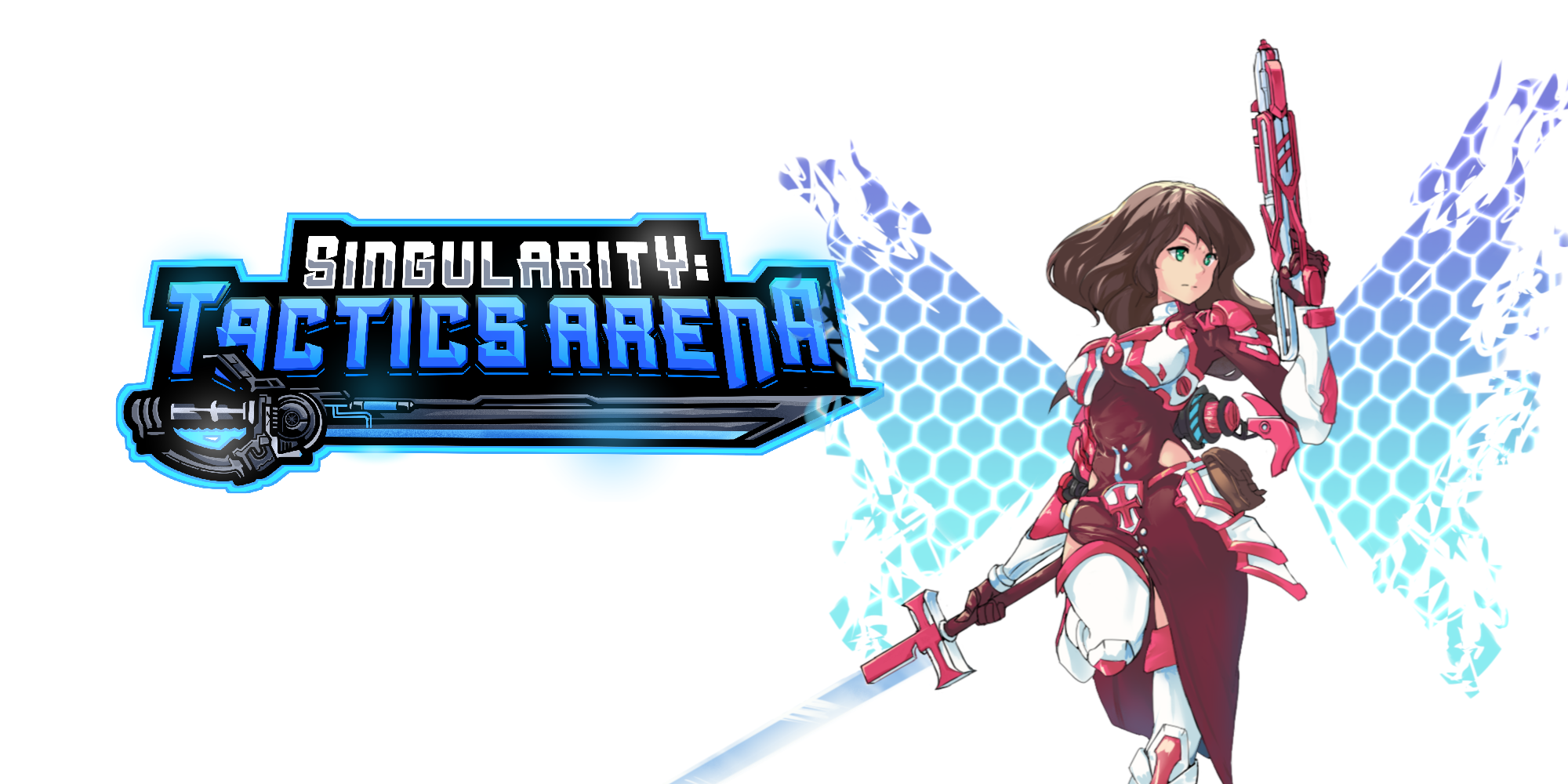
Comments are closed